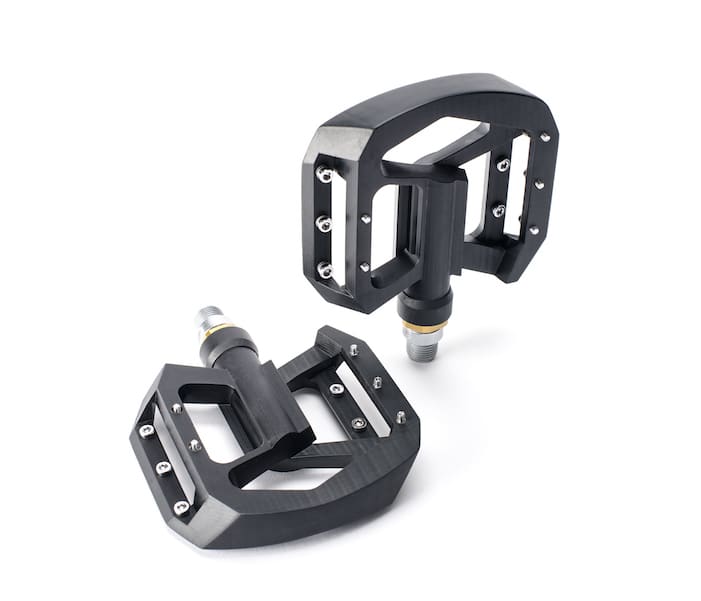
Continuous Liquid Interface Production (CLIP)
Last month we started a three-part blog series based on exploring a few, main 3d printing technologies we, at Dinsmore, provide. We previously discussed the most common and most popular form of 3d printing, which is Stereolithography (SLA). This time, we will explain another popular method called Continuous Liquid Interface Production or CLIP for short.
CLIP, a continuous printing process, is a relatively new technology with patents starting in early 2014. CLIP comes as a solution to those needing a faster 3d printing method with rubbery and flexible components. Unlike traditional 3d printing process, CLIP produces a smooth to the touch final product. “CLIP works by projecting a continuous sequence of UV light which is generated by a digital light projector through an oxygen-permeable, UV-transparent window below a liquid resin bath. The “dead zone” created above the window maintains a liquid interface below the object. Above the dead zone, the curing part is drawn out of the resin bath.” (dinsmoreinc.com)
Carbon3D, a company we partnered with early this year, offering exclusive technology that,”for the first time, it’s possible to 3D print isotropic parts with mechanical properties and surface finish like injection-molded plastics.” No other additive technology offers this type of precise final product that “bridges the gap between prototyping and manufacturing, states carbon3d.com.”
CLIP is available in these materials:
- Elastomeric Polyurethane (EPU 60)
- Rigid Polyurethane (RPU 70)
- Prototyping Resin (PR 25)
- Flexible Polyurethane (FPU 230)
- Cyanate Ester (CE 220)
CLIP is just one of many 3D printing options Dinsmore offers and is another reason why our technology is second to none in the industry. Let us help you get your next project started off right by contacting us online at dinsmoreinc.com.
Remember to check back next month, when we wrap up this series by exploring another 3d Printing process called, Fused Deposition Modeling (FDM).
